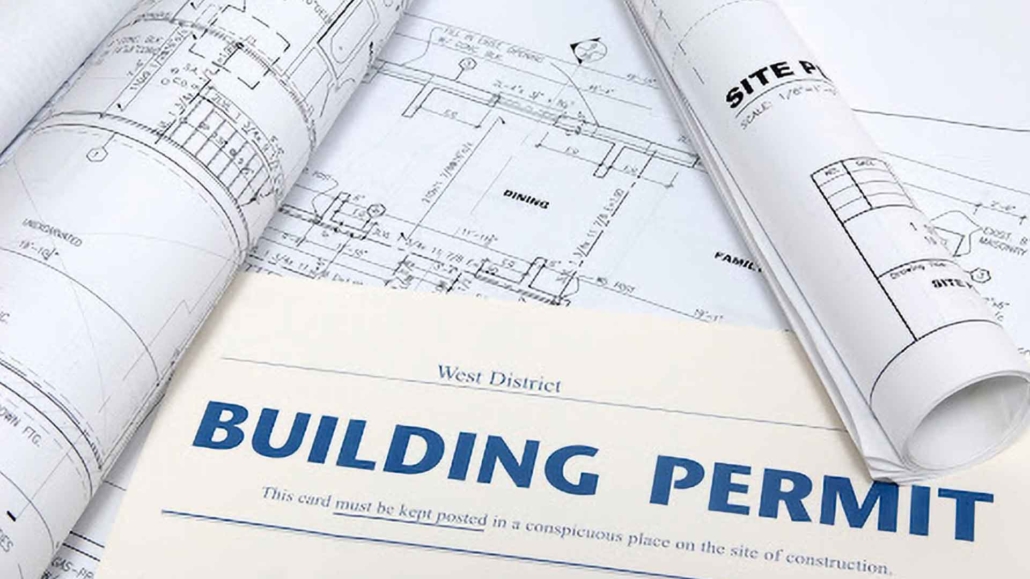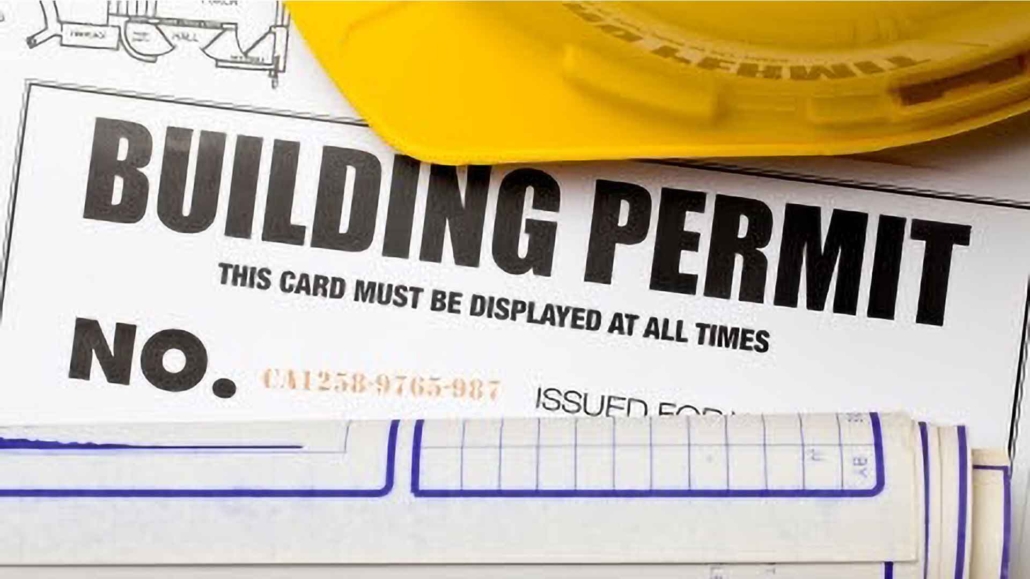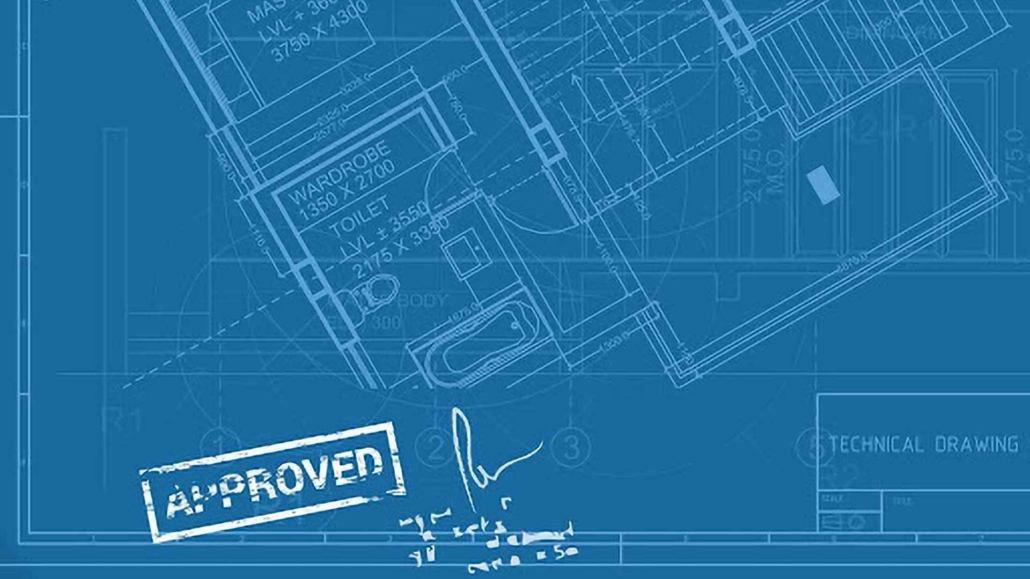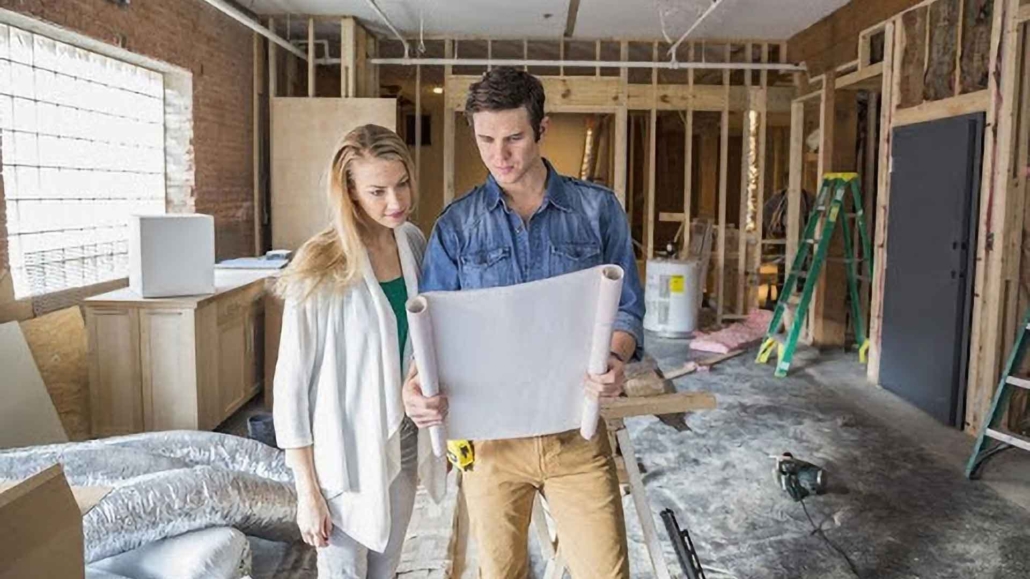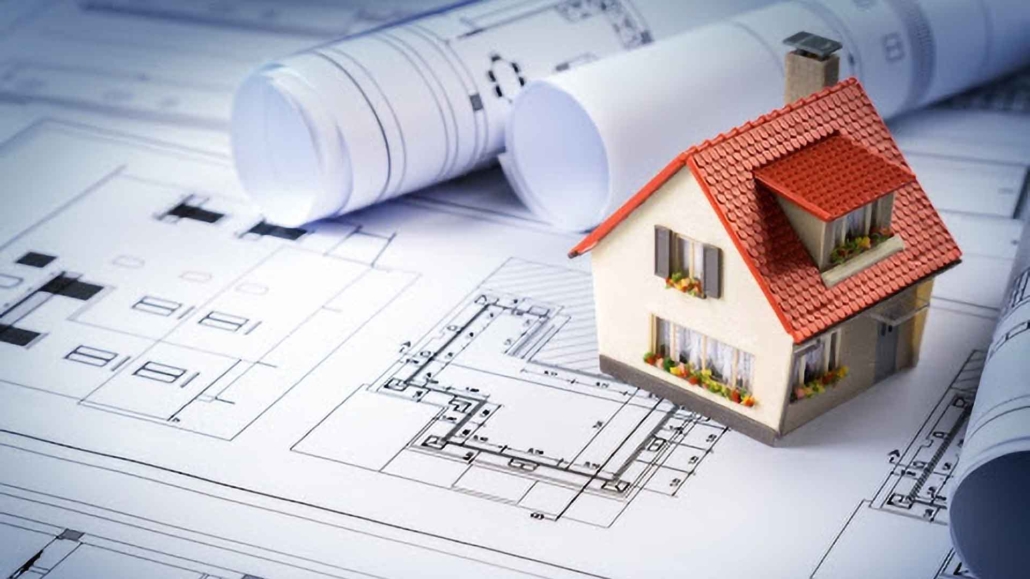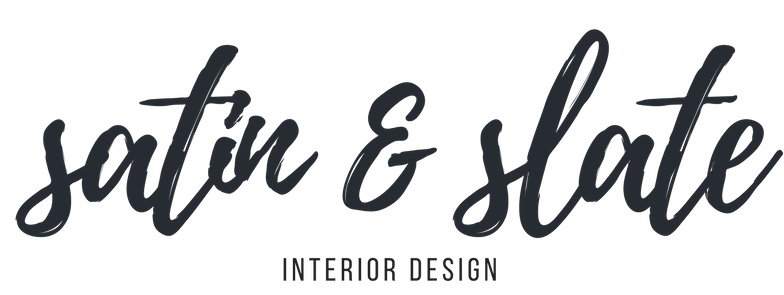How to Pull Building Permits
Guidelines to Pulling Building Permits For Home Remodels & New Construction
Building pulling permits can seem like a challenging task and sometimes you may feel like you may want to avoid doing so. However, there can be unseen circumstances if you try to work without them.
At Satin & Slate, we ensure that your floor plan and architectural drawings are ready for pulling building permits from the city. To help you understand the process of obtaining a building permit for your home remodeling project, the guidelines below should help you feel more at ease and help you to understand the following:
- What Is A Building Permit?
- Are Building Permits Required?
- What Are The Different Building Permits Types
- Express Building Permits
- Over-The-Counter Building Permits
- Full Remodel Building Permits
- Permit Requirements For Home Remodels and New Construction
- Penalty For Not Pulling Building Permits
- Pulling Building Permits After The Fact
- Building Permits
What is a building permit?
Upon starting a project, it is important to know whether or not permits are needed for the changes or additions being made to your home. Pulling permits is when you obtain permission from the city that the residence is in, to make any kinds of changes. This is the city’s way of making sure that all changes are safe and that the changes comply with state laws.
When Are Permits Required
Technically permits are required for any changes done to your residential or business buildings. If you are changing out your faucet in your kitchen, you need a permit for it. Depending on what state and city you are in, laws change for what needs permits and what items you are allowed to put into your home. Some states have strict laws when it comes to what materials you are allowed to use and which ones you’re not. It is important to know the laws within your state and city. However, your contractor should know the laws and be able to ensure that your project follows the appropriate regulations.
While pulling permits should be done by your contractor, it is important to understand when permits need to be pulled. The permit process can take long and may affect the start date of your project. However, if no permits are obtained and construction begins and the city finds out, a “Stop Work” order is put into place. All construction must stop until the correct permits are obtained.
Permit Types
There are many different types of permits. The permits differ based on the type of project you have. The following types of permits are the permit types used in Long Beach, California and may differ by state and city.
Express Permits:
These types of permits are required for minor construction and projects that do not need plan review. Plan reviews are only needed for any changes to the structure of your build, such as moving walls or adding any structures. Projects that fall under this category of permits include: window changes, HVAC addition/relocations, repairs/replacements of electrical, plumbing, mechanics, and other small changes. These permits can be submitted in-person or online. The following are the step for pulling express permits:
- Fill out an application.
- Schedule an appointment or submit the application online
- The city will process your permit and collect permit issuance fees.
- The city will then either give you a permit or deny it and give you the reason why.
- If you are able to make changes in order to obtain your permit after it has been denied, the city will let you know what changes must happen
- Once those changes are made, you may then resubmit the permit.
- Inspections may be required once the project is complete or during certain parts of the project.
Over-The-Counter Permits:
Projects that require these permits are smaller projects that require in-person plan reviews. Projects that require plan reviews include: ADUs (accessory dwelling units), relocation of 50 or less fire sprinkler heads, one-story residential additions, any wall changes, any changes to the structure of the buildings, and any architectural/engineer changes. It is recommended that an appointment is made at the city for the permits. The following are the steps you need to pull a permit:
- You will need to fill out an application.
- Submit the plans to plan review.
- Pay the necessary fees.
- The city will look over the plans during the appointment and make sure that everything is up to code.
- If some aspects are not up to code, the city will deny the plans and you will have to go back and edit them.
- Once changes have been made to the plans, you may resubmit them.
- Inspections may be required once the project is complete or during certain parts of the project.
Full Review Permits:
Larger projects such as, major changes to multifamily (2-story or more dwellings), commercial buildings, industrial structures, and new construction projects require these types of plans. The application process can take a couple of months depending on how big the project is and what changes are being made. The process begins like the other projects:
- Submit an application.
- Plan review.
- Fee collection.
- Permit issuance.
- Inspection.
- The plan review consists of building, fire, planning, electrical, plumbing, and mechanical reviews.
- If the floor plans do not pass the permit process, you will have to go through it again.
Permit Requirements
The type of permit you need, will determine the requirements needed to pull permits within your city. Each city will have different requirements, however, most cities have basic requirements. If plan check is needed, floor plans will be required. When creating floor plans, make sure they follow the correct layout and that the floor plans include: elevations, lighting, plumbing, current floor plans, future floor plans, and any other changes that are being done to the projects. Cities also require a fee in order to process your plans and the amount of fee will be different depending on the city and type of permit. The city will also have you complete an application that must be submitted at the time you request a permit.
Penalty For Not Pulling A Permit
The only way for the city to know if a permit has not been pulled for a project is if someone calls and reports it. If this occurs, an inspector will be sent out to your property and will check to see if the permits have been pulled and if the project was built according to the plans. If plans have not been pulled and the project has been finished, permits will be needed and if the project is not up to code changes must be made. If the project cannot be changed to follow code, the project may need to be restored to how it was originally.
If someone calls and reports a project while it is in construction, then an inspector will need to go to the project site and check to see if in fact permits were pulled. If there are the correct permits then the construction may proceed, however, if the correct permits were not pulled then the project will get red tagged. Red tagged means that the construction site gets a red tag and the project must stop until the appropriate permits have been pulled. This can halt your project for a long time depending on the scope of work and how long it takes for the plans to be created and submitted. This is why it is best to pull permits prior to starting any project.
Pulling Permits After Work Is Done
Although it is possible to pull permits after the project is completed, it is not recommended. If you decide to pull permits after the fact and the permits are denied you may have to redo the entire project. This is why it is recommended to get the permits pulled prior to starting the project. Depending on the size of the project, an inspector may have to inspect the project in stages while the project is going on. If this is needed and the project is already completed, then many issues may arise. If your project requires a full permit review, it is highly recommended to get a permit prior to the project. Larger projects permits ensure that the building is built in coordinates with the safety and building laws of that state and city. There may be a lot of repercussions if permits are not pulled prior to larger projects.
Permits
Although the permit process may seem taxing, it is important to get all of the appropriate permits for your project. The permit project is set up in a way to ensure that the process is easy and faster depending on the type of project you have. Your contractor should inform you what permits you need and should be able to pull the permits for you.
Satin & Slate is able to help you with all of your floor plan needs and help you prepare for the permit process. We hope this article gives you everything you need to know about permits and how to obtain them. If you are ready to start your project, schedule your initial consultation today.
About Us:
Founded in 2017, Satin and Slate is one of the elite interior design studios in Southern California. Located in Long Beach, this dedicated team of designers oversees from kitchen and bathroom renovations to commercial projects. Equipped with their own showroom/studio they can satisfy the needs of any client. Featuring clean lines, bright colors and fresh ideas Satin and Slate’s mission is to bring your vision to life and help transform your space into something extraordinary.


